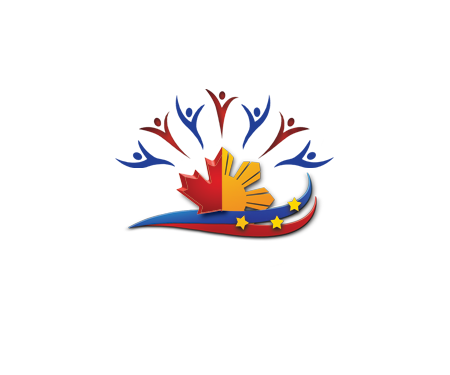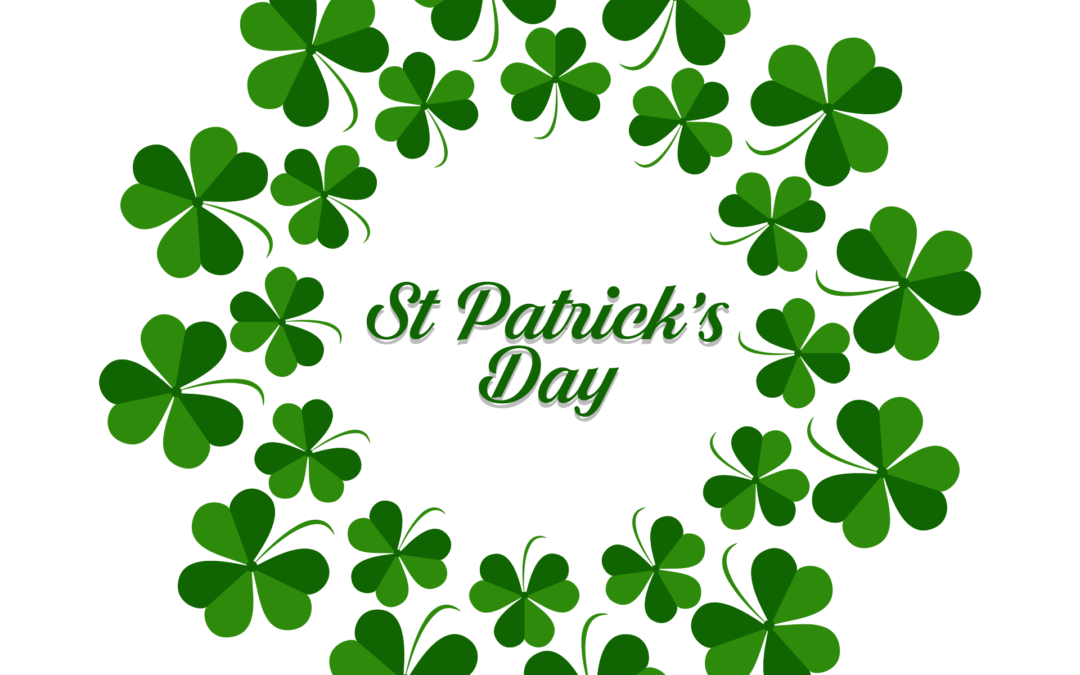Every year on March 17, a celebration is known as Saint Patrick’s Day. The celebration of everything Irish, including St. Patrick’s Day cuisine, is recognized today for its parties and overuse of the color green. But Saint Patrick’s Day wasn’t always the celebrated day it is now. It all began in medieval Ireland, primarily as a religious ritual. To honor Saint. Patrick and the spread of Christianity in Ireland, the feast was established in 1000 AD. Saint Patrick, whose actual name was Maewyn Succat, was born in the fourth century and continued to preach until the fifth.
Irish immigrants brought their customs and culture to Canada when they began to arrive. St. Patrick’s Day is less of a religious holiday and more of a celebration of Irish identity in Canada because of its multiculturalism and diversity of religions. St. Patrick’s Day is now observed by Canadians from all walks of life, like Christmas, and by many different faiths. The shamrock and the color green are typical St. Patrick’s Day emblems. These items also represent the Irish people, as nationalism is associated with green. The entire globe is Irish on March 17, as Irish poet Thomas Augustine Daly famously remarked.”
The Saint Patrick’s Day Parades are among the most popular Saint Patrick’s Day customs in Canada and across the world. About all of Canada’s major cities host the parades. Naturally, the largest St. Patrick’s Day Parade is held in Montreal, the Canadian city where it all began. Many native French speakers in Montreal and the province of Quebec have Irish ancestry, which is a little-known fact about them. The lavish events in Montreal on March 17 are a prime example of this, and thousands of people congregate on the streets to view the sight throughout the three-hour procession. Live entertainers, marching bands, and spectators wearing costumes all join the parade throughout the occasion. And in the middle is a leprechaun, the holiday’s mascot! Well, it’s not a genuine leprechaun, of course. It’s merely a person dressed as a leprechaun. The procession promoted Irish culture with marchers and floats from various nations. Participants came from the Philippines, China, Ukraine, and Mexico.
The majority of Filipinos can connect with the Irish on several levels. Both societies respect a day’s hard labor, excellent meals, and time spent with friends over a few drinks. Irish and Filipinos, in general, are both kind and amiable individuals. Even with strangers, they are quick to laugh and chat about their day because they value family ties. Filipinos and Irish people are discovering another thing in common: a taste for fine Irish whiskey. It’s a great chance to enjoy yourself and honor Irish culture on Saint Patrick’s Day. Just keep in mind that our activities could affect others nearby.

